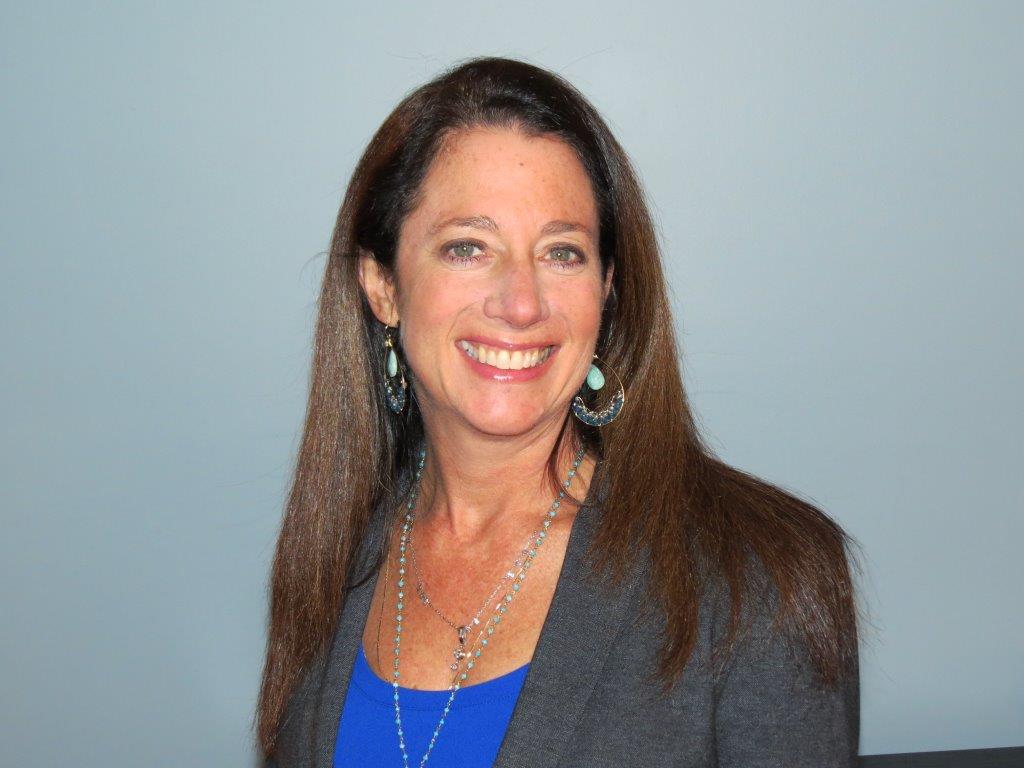
Cultivating a pipeline of knowledgeable, engaged leaders and creating a succession plan are critical for the vitality of any congregation. Yet, one of the most frequent questions congregational leaders across North America ask is this: “How can we find new leaders?”
Although the process may seem mysterious, it’s actually not complex. Creating and filling a leadership pipeline includes three steps: identifying, recruiting, and supporting new volunteer leaders.
1. Identify Possible Leaders
Although it would be wonderful if it happened, most people don’t walk up to the president, rabbi, or other congregational leader to announce they want to volunteer as a leader. Yes, some do, but most leaders will tell you they were tapped on the shoulder by someone who saw their potential on various fronts.
Here are several things to consider as you seek to identify people suitable for a tap on the shoulder.
- Leadership Potential: Some prospective leaders will stand out naturally. Perhaps they participate actively in your community, connect to the mission of the congregation, share ideas and opinions about congregational and communal work, or show a natural propensity to lead others.
- Diversity: Beyond leadership potential, it’s important to ask: “Is our leadership diverse?” Diversity should be as expansive as possible and consider Jews of color; LGBTQ individuals; and people from different generations and life stages, including 20s and 30s, singles, and parents with young children. A new URJ resource, Running a Congregational Nominating Committee, contains a list of demographics that may prove helpful.
Ensuring that diverse viewpoints within the congregation are shared and heard leads to better decisions for the whole community. As Dr. Brene Brown says in Dare to Lead,: “Daring leaders fight for the inclusion of all people, opinions, and perspectives because that makes us all better and stronger.
- Leadership Skills and Styles: Each of us is unique not only based upon the communities we represent, but also because of our life experiences and our innate abilities. When looking to recruit new leaders, consider the depth and strength of professional and general leadership skills that already exist among your leaders and actively seek people who have skills and talents that are missing from your team.
Don’t discount a variety of leadership styles, either. A mix of visionary, action-oriented, analytical, and diplomatic leaders among the group, for example, may prompt different ideas about problems and solutions. The URJ’s Leadership Skills and Styles Inventory can help you gather data about current and potential leaders.
2. Recruit Prospective Leaders
Once you’ve identified prospective leaders, you need to recruit them, but don’t forget to identify the right recruiters first from among your current or past leaders.
Although someone may seem to be the perfect recruiter for a potential leader, that person might not be comfortable making the ask. For each ask, it’s important to consider whether the right recruiter is a professional or lay leader and whether or not the person has a positive, personal leadership story within the congregation.
It’s also important to think about the ask itself. If you’re aware of individuals’ passions your recruiter can appropriately appeal to them. To help you learn about potential volunteers, it may be worthwhile to have an initial conversation before extending a leadership invitation.
Although you always want volunteers to agree to serve with a resounding “yes,” coercing people into leadership roles often can backfire. As Dr. Erica Brown shares: “The pressure to conform, comply, or contribute often steers well-meaning but overcommitted individuals to say what they don’t really mean… What help[s] get people to ‘yes’ [is] the possibility of and personal freedom to say ‘no.’”
How is getting people to “yes” best accomplished?
Be sure to know what you’re asking of the person. Do you want them to join the board, chair a task force, or participate in your leadership development program? If you have a specific role or task in mind, have on hand a volunteer role description and/or a list of goals to be achieved. Be honest and clear about what you’re asking, the true time commitment involved, and what both the congregation and the individual will gain by serving as a leader.
3. Support Your Volunteers
Once you get to “yes,” it’s critical to support your new leader. Intentionally plan leadership development training and have new leaders work on a project to help them better understand their roles. Be sure, too, to provide ongoing training and mentorship for all leaders – veteran and new. Mostly, ensure that your volunteers grow from the experience and feel more deeply connected to your congregational community.
For more information about training new leaders in your congregation, access the URJ Emerging Leaders Resource, which can serve as the basis for your congregational leadership development curriculum, and sign up for our facilitator training on May 15.
Presidents of small congregations also can nominate one or two new leaders by May 15 to participate in a URJ online pilot course, “Training Emerging Leaders,” designed specifically for congregations with 300 or fewer member units.
Related Posts

Setting Your Leaders Up For Success

Civil Discourse – How to Facilitate Productive Conversations about Hard Topics

